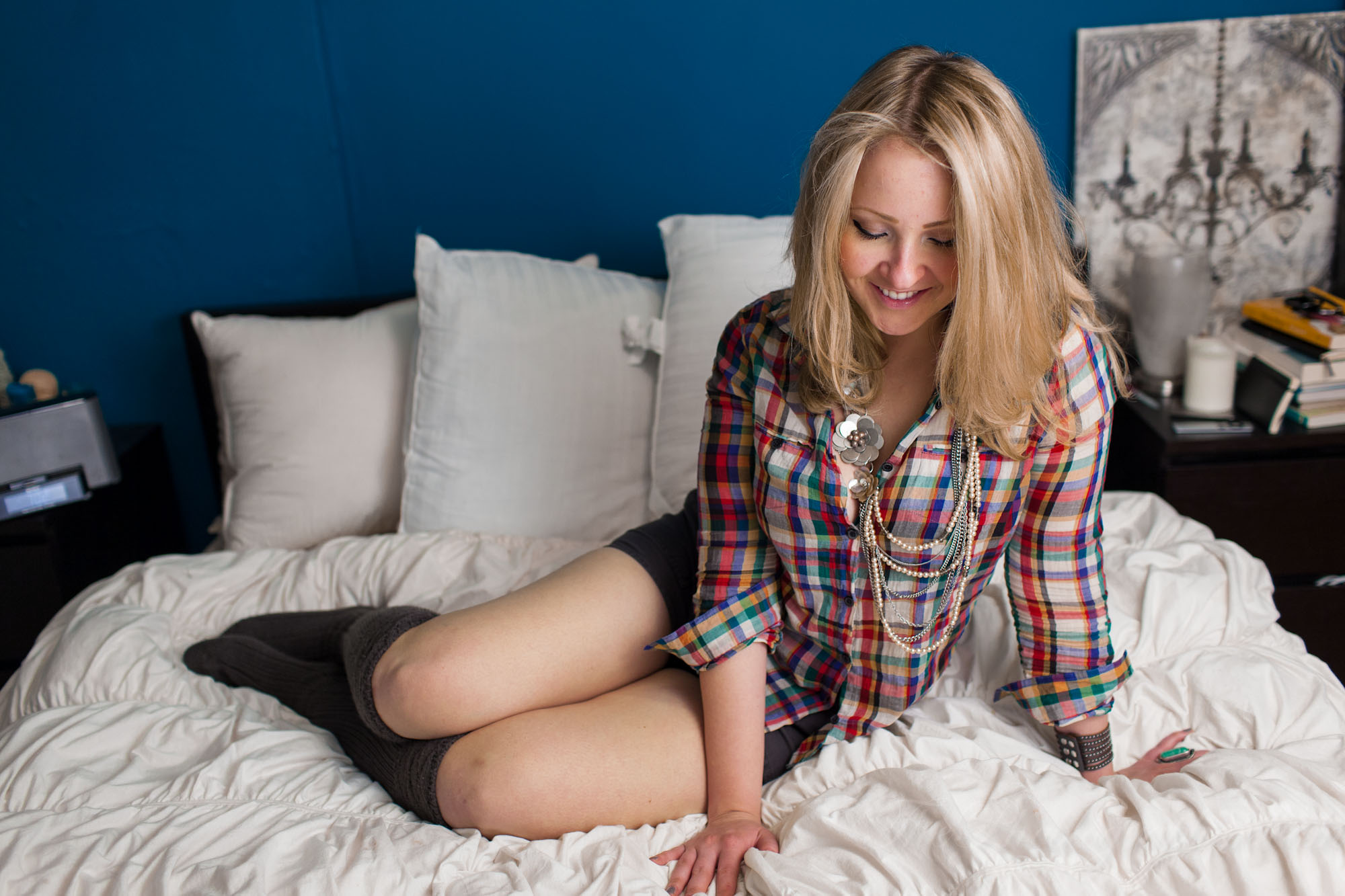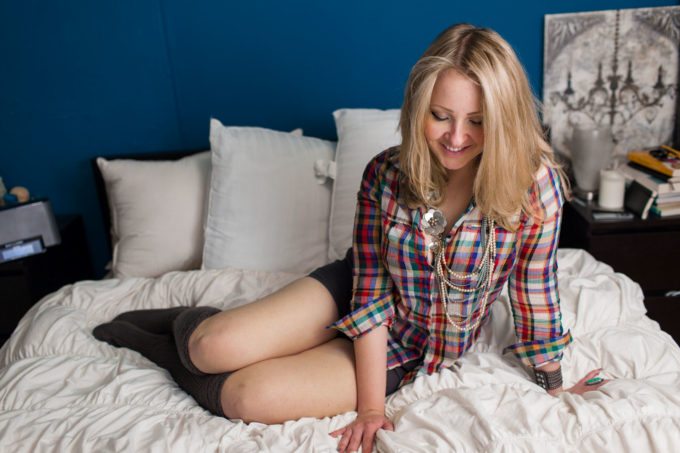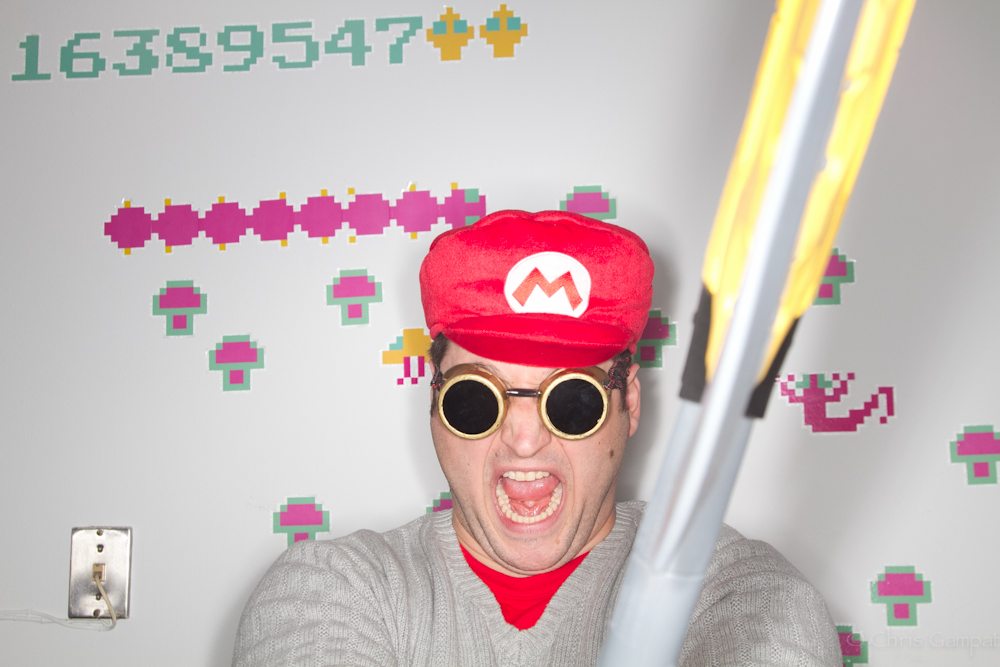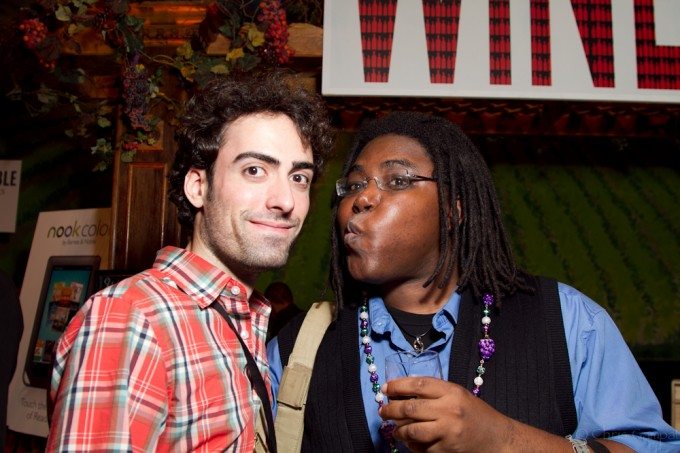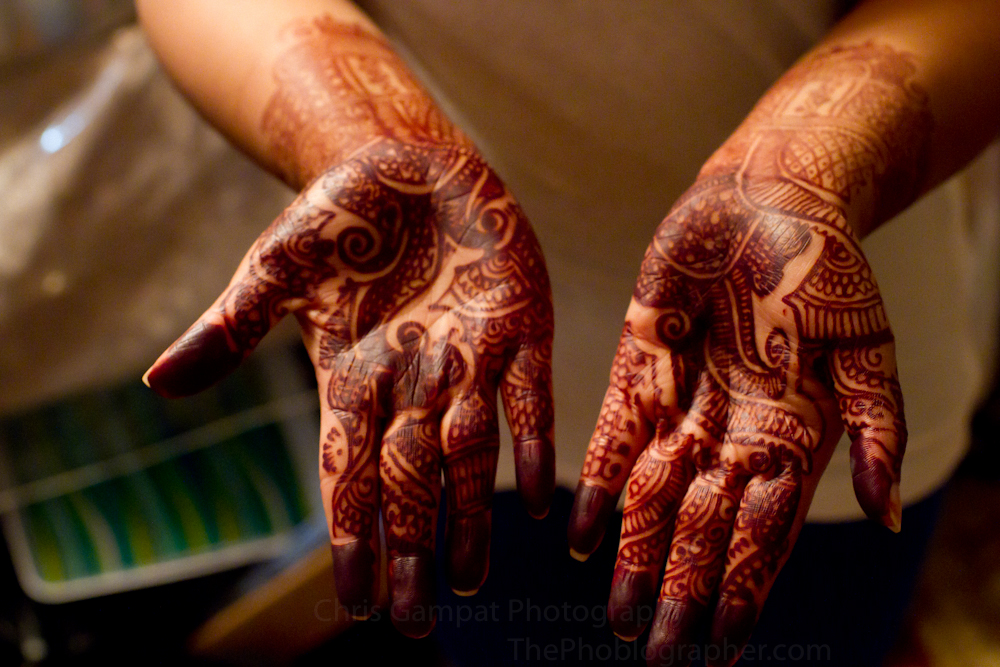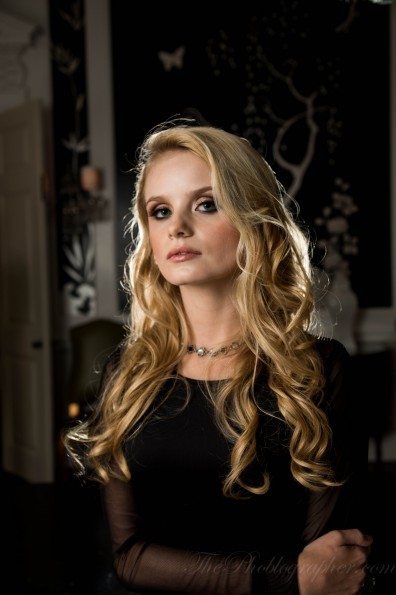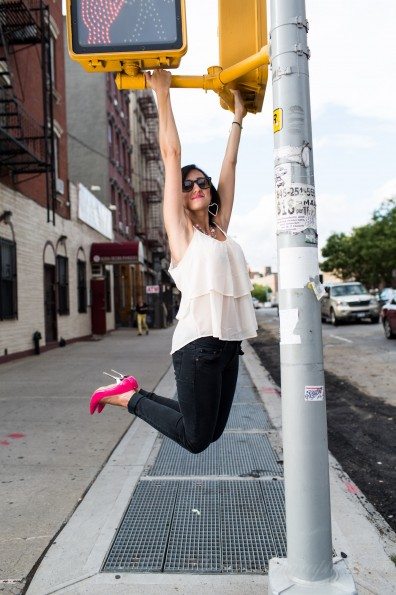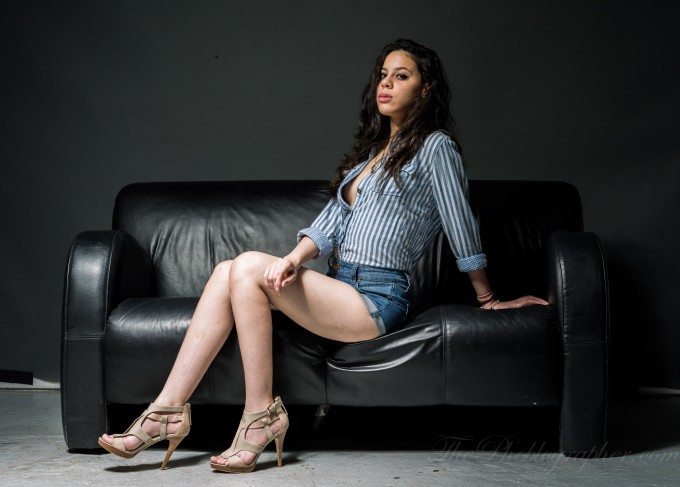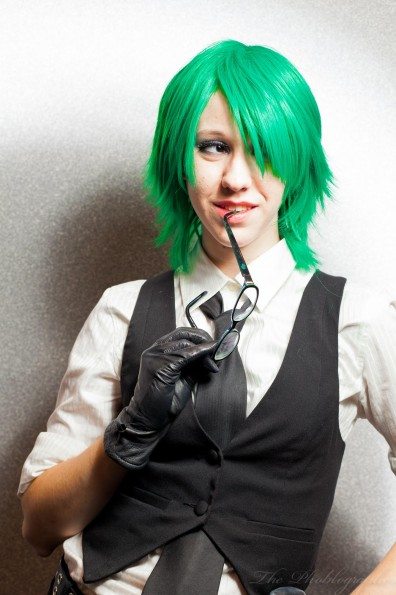Last Updated on 11/20/2012 by Julius Motal
Lighting intimidates every person getting into photography. It is a whole other skill to be learned but once you get into it, it can become addicting because of all the creative possibilities you open yourself up to. Relying on natural light can be great if you can get the right light. But as artists, we can always create our own. And to shape the light to get exactly the look that we want, we need modifiers. It is best to imagine light as a stream coming out of a hose. If you change the shape of the head and the direction, the stream itself also changes accordingly.
With that in mind, let’s take a look at a bunch of light modifiers we recommend. For more, we recommend that you check out the Lighting Section of our Reviews Index.
What Flash Do I Get?
We’re going to make this one super quick and say that we’ve got you covered in our budget flash option post. But here are some recommended flashes for you:
Modifiers for Speedlites and Speedlights On Camera
Everyone has beginnings, and many experimenting with artificial light will prefer to keep the flash in their hot shot and choose to modify the light from there. Though advanced and experienced lighting techs scoff at this: the end result is ultimately what counts. Different lighting modifiers work in their own mysterious ways and can give off different types of light output once it takes the photons and shapes it.
But first, here’s a list of recommended modifiers:
ExpoImaging Ray Flash
The ExpoImaging Ray Flash to this day remains to be one of my favorite light modifiers for a speedlight/speedlite on-camera flash. Why?
Well, the Ray Flash works like this: first you have your flash in the hot shoe with the head facing forward and parallel to the lens. Then the Ray Flash goes over the flash head. The unique design of the Ray Flash goes around the camera lens to make it a more complete and portable package. When the flash goes off, the light travels around into the Ray Flash and emits the light out into a ring shape. This is the same type of look that one can see in high profile fashion ad campaigns.
Personally, I use it to emphasize beauty or bring out ferocity in a subject.
Examples: You can check out our full review of the Ray Flash and also look at the work I did at Comic Con 2012 with it. The look is very clear cut and very discernable. But be sure to get the right ring flash for you by checking out our guide. However, also check out the Roundflash review. We’re currently working on a review of the second version of the modifier.
ExpoImaging Rogue Flash Bender
One can have a tough time understanding the Rogue Flash Bender and why it has revolutionized the speedlighting industry so much unless you actually try it and understand its versatility. The Flash Bender comes in various sizes of small, medium (wide) and large. Generally, one should opt for the large version.
The Flash Bender is quite literally a bendable, pliable white surface with a black backing. What’s so special about it is the fact that the mesh material inside makes it extremely pliable. Couple that with the fact that it comes with a velcro belt to attach it to your flash head and you’ve got yourself a deal.
But even that isn’t the most amazing thing about the Flash Bender. What makes it so awesome is the fact that it can be modified to give off the look of various lighting modifiers such as a snoot (spotlight), softbox/panel, or it can send light into any direction you want that your on-camera flash can’t necessarily do.
We listed it amongst the five essential upgrades for wedding photographers, and its easy to understand why.
Examples: Check out our complete Rogue Flash Bender review for a better idea.
Gary Fong Lightsphere Collapsible
The Gary Fong Lightsphere is a flash modifier that is incredibly simple to the point of angering many photographers that they didn’t develop the idea themselves.
Essentially what it is is a piece of frosted tupperware put around a flash head. But it is much more complex than that, there is a special securement area that locks it into place as well.
A couple of years ago, Gary decided to make the item even more portable by developing the collapsible version of the popular light modifier. Some may argue that it isn’t worth it because it wastes a lot of light output and therefore drains an excessive amount of battery power. However, it was designed to do that and delivers a bare bulb type of look. Literally, just imagine a lamp bulb right next to your subject and you’ve got the look.
When you step up to the major leagues in the monolight industry, you’ll begin to see that Gary’s idea was used in China Ball diffusers and the Profoto ProGlobe.
Examples: See our full review for even more samples using the Gary Fong Lightsphere Collapsible. The look cannot be mistaken.
BEFORE YOU GO ON:
Just to let you know that the rest of the post is where you start to head into some dangerous territory. This is for users that want to take the flash off of their camera and leap into all of their flash’s creative capabilities. If you’re going to do this we strongly recommend that you go for radio triggers or TTL cords. Triggers such as the PocketWizard Plus III units are some of the industry standard units for manual triggering. When it comes to using TTL metering though, we recommend the Phottix Odin triggers.
If you want to use a TTL cord though, we recommend Syl Arena’s OCF Gear cords.
Of course, you could also use an infrared TTL triggering system if you want that many flashes have built in.
Umbrellas
You’ve seen them used on television and you’ve probably often seen them in the hands of many photographers. But what exactly do umbrellas do?
Going back to the hose analogy, I want you to imagine the inside of an umbrella being shot with a big, giant hose (providing that this is also the world’s strongest umbrella that could survive torrential winds with no issues.) Imagine that the umbrella is pointed towards the sky at a 45 degree angle. If water were shot into there, it would disperse everywhere in a random fashion.
That is exactly what umbrellas are mostly designed to do. They take light and spread it over a larger surface area. The tradeoff of course is that since it is so large an area, you’ll generally need more light output from your flash. The pros call this inefficiency; and when used correctly it can be an absolutely beautiful thing.
Now, there are generally three main different types of umbrellas:
– Silver Lined: these umbrella take your existing light output, spread it out, and add some extra punch to it. That extra punch is visible in the extra details that you’ll be able to see in your images. The pros call these details specular highlights. They’re also a great way to fool someone into thinking that your image is sharper than it actually is.
– White with Black Backing: these umbrella take the existing light output and simply bounce it back at your subject. They’re extremely standard and you can see the effects of the light output in our review of the Impact 60 inch convertible umbrella.
– Shoot through umbrellas: these umbrellas are totally unconventional and do something totally different. They are all white satin umbrellas designed to have light shot through them. Think of them as a softbox. You can see how I used one in our Impact One Light kit review.
The larger the umbrella is, the more light you’ll generally need as well.
Softboxes
Softboxes are amongst the most popular light modifiers and they are generally the ones that most people starting out with artificial lighting spring for. Softboxes take direct light from your light source and make it seem larger and more diffused. Diffusing light makes it look softer in quality. One can tell that light looks softer because of the quality of the shadows. That’s not to say that hard light isn’t a bad thing, it all just depends on what kind of look you’re going for in your creative vision.
To put this into perspective imagine the sun on a cloudless day. During this time, it will generally project very dark shadows on anything below it. But let’s say that the weatherman was wrong again and suddenly some ominous looking clouds came out of nowhere; effectively blocking the sun. However, the suns rays are still reaching the earth but are diffused by the cloud coverage. Indeed, overcast days are one of the favorite times of many photographers. And that’s how softboxes work.
Generally, the larger the light source (or light modifier) the softer the light.
Softboxes are interesting creatures and have two main components that affect the image quality. To start, they can have one of three different interiors:
– White: which takes the light output and generally leaves it the same color.
– Silver: takes the light and gives it a bit of punch and a slightly cooler (bluer) temperature. One example is the Impact Quikbox that we reviewed.
– Silver Beaded: takes the light and gives it a lot of punch with a bit cooler of a color temperature. One of our favorites is the Photogenic SB2432; and the image quality it can deliver is absolutely wonderful.
To make the light even softer, what softboxes do is add diffusion panels. Typically, there is a small one inside to even out the coverage of the light output before it reaches the business end of the softbox: the large diffusion panel. These two panels combined with the interior are the entire science behind softboxes.
Softboxes often have much more direct light output than an Umbrella does due to the inherent design. If you took a softbox and an umbrella of the same size and set the light output to be the same, the Umbrella would generally deliver softer light.
You can see even more of this in this infographic.
Beauty Dishes
Beauty Dishes and Softboxes are designed to essentially do the same thing, but the way they work is totally different. Where a softbox takes light and diffuses it as it directly travels to the subject, a Beauty Dish takes the light and stops it with a plate that is placed a couple of inches away from the flash head. The plate then spreads that light out into the bowl interior surface of the beauty dish. The light spreads our more than a normal softbox, and therefore almost combines the spread of an umbrella with nearly direct nature of a softbox. However, they can come with diffusion socks or grids to make the light even more diffused or more direct depending on the modifier accordingly.
They’re fun to use and can become very addicting due to the looks they can deliver.
In terms of portability though, they can be a bit tough to transport because they are essentially a giant aluminum bowl.
I’ve created my own hack though for those looking to use the dishes with a speedlite/speedlight. It requires a dish and a Gary Fong Lightsphere. In practice, you’ll fall in love with the results you can get from it.
Be sure to also check out our guide to what light modifiers to choose.
Please Support The Phoblographer
We love to bring you guys the latest and greatest news and gear related stuff. However, we can’t keep doing that unless we have your continued support. If you would like to purchase any of the items mentioned, please do so by clicking our links first and then purchasing the items as we then get a small portion of the sale to help run the website.


